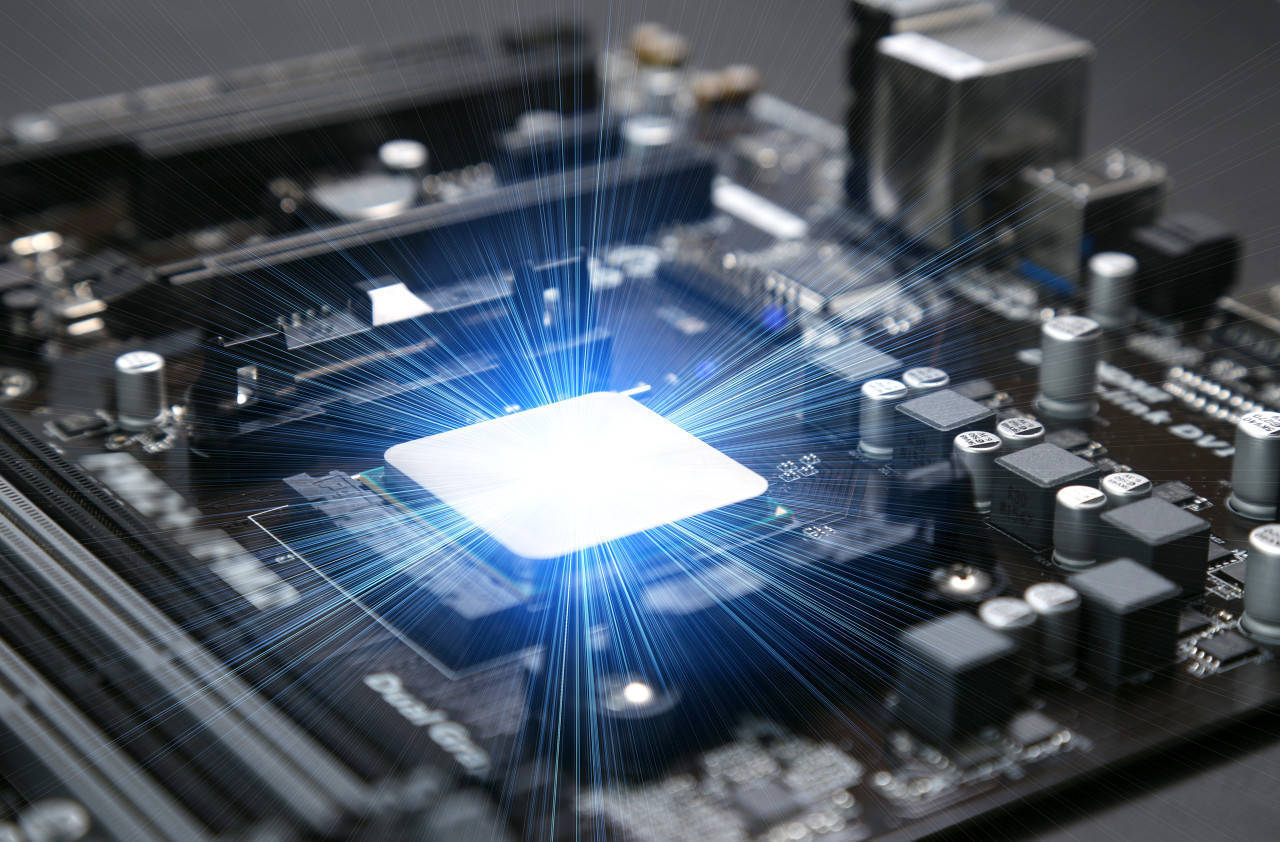Process of chip IC appearance defect detection scheme
Date:2024-09-27 14:00:00 Views:377
IC (Integrated Circuit)Appearance defect detection is a key step in ensuring chip quality and reliability. The following is a typical IC appearance defect detection scheme process:

1. Preparation stage
· Equipment preparationChoose appropriate testing equipment, such as microscopes and automatic optical inspection(AOI system, etc.
· Sample preparationEnsure the items to be testedThe IC sample is clean, free of contaminants and dust.
2. Visual inspection
· Visual inspection: Through a microscope or magnifying glassConduct a preliminary inspection of the IC to observe if there are any obvious defects on the surface, such as scratches, cracks, bubbles, etc.
· Identification checkConfirm whether the identification, model, and other information on the chip are clearly visible.
3. Automatic optical inspection(AOI)
· Image acquisition: UseThe AOI system performs high-resolution image acquisition on ICs.
· Defect identificationAnalyze images through image processing algorithms to identify potential defects such as solder joint defects, packaging defects, and improper arrangement.
· data recordRecord the test results in the system for subsequent analysis and tracking.
4. Defect classification
· Defect type classificationAccording to the test results, defects are classified into different types, such as surface defects, structural defects, functional defects, etc.
· Defect Severity AssessmentAssess the severity of the defect and decide whether further analysis or handling is necessary.
5. Further analysis
· Microscopic examinationConduct a more detailed microscopic examination of the suspected defect area to confirm the nature and impact of the defect.
· X-ray inspectionFor internal defects or solder joint issues, you can useConduct in-depth analysis using X-ray detection technology.
6. Record and report
· Defect recordRecord all test results, defect types, and severity on file.
· Test report generationGenerate a detailed inspection report, including the inspection process, results, and recommendations.
7. Rectification and feedback
· Rectification measuresBased on the test results, develop corresponding corrective measures, such as re welding, replacing components, etc.
· feedback mechanismFeedback the test results to the production and design departments to improve the subsequent production process and design.
8. Quality Control
· Regularly calibrate equipmentEnsure regular calibration of testing equipment to ensure testing accuracy.
· Continuous improvementContinuously optimize the testing process and standards based on testing data and feedback.
summary
Through the above process, it can be systematically carried outIC appearance defect detection ensures the quality and reliability of the chip. Combining modern detection technology and data analysis methods can improve detection efficiency and accuracy, and reduce defect rates.




 Weixin Service
Weixin Service

 DouYin
DouYin
 KuaiShou
KuaiShou





















